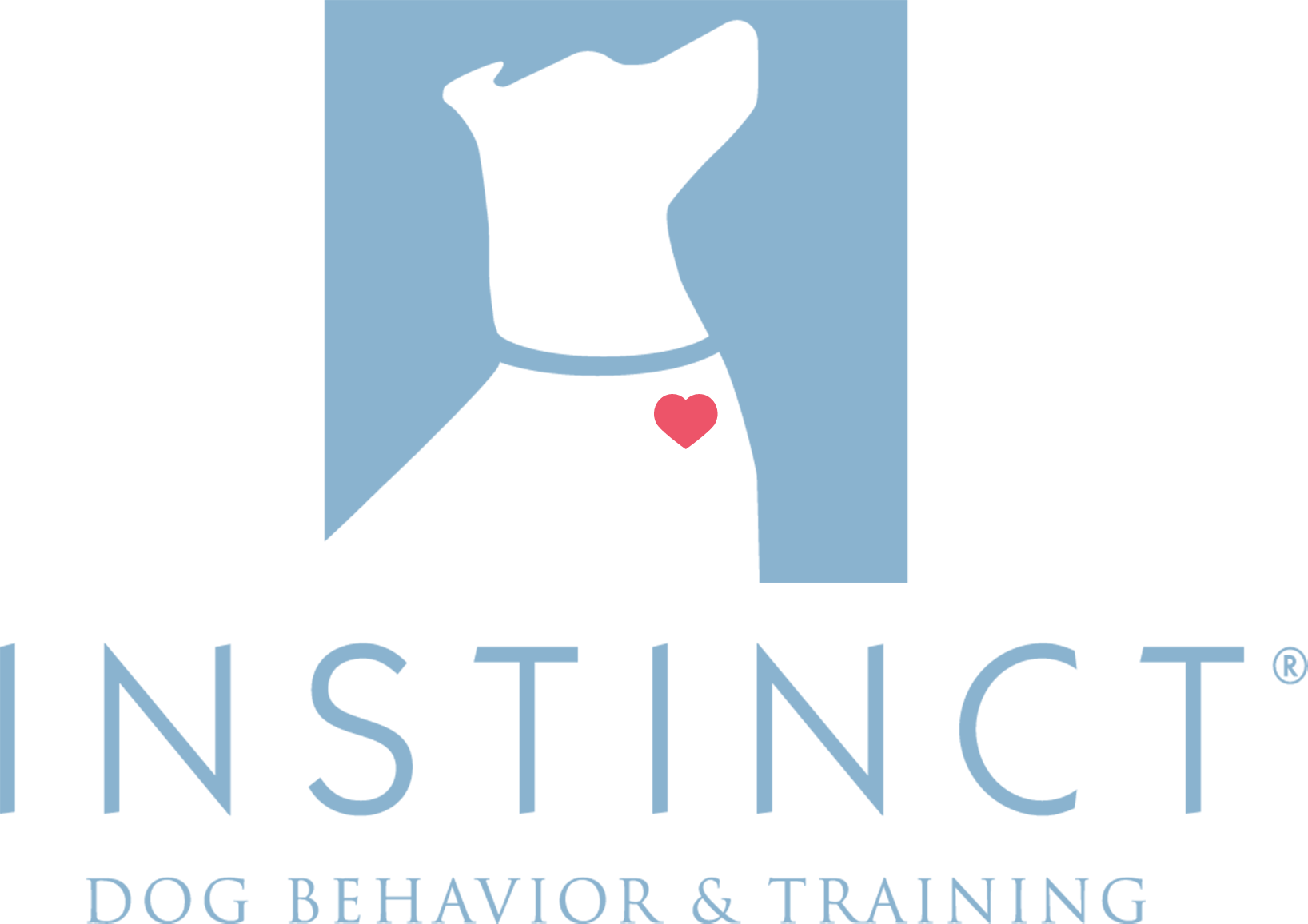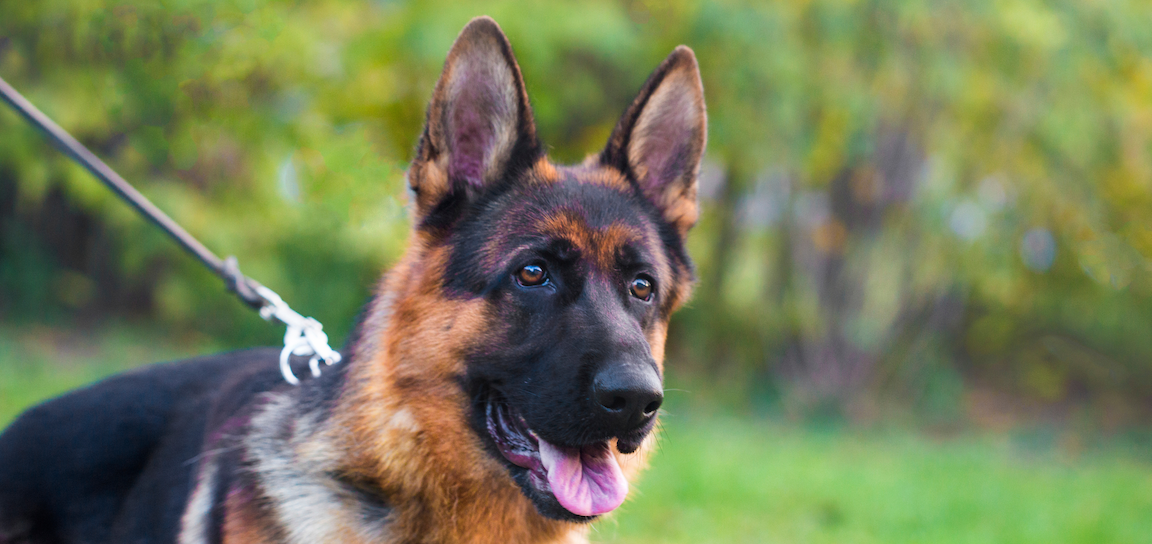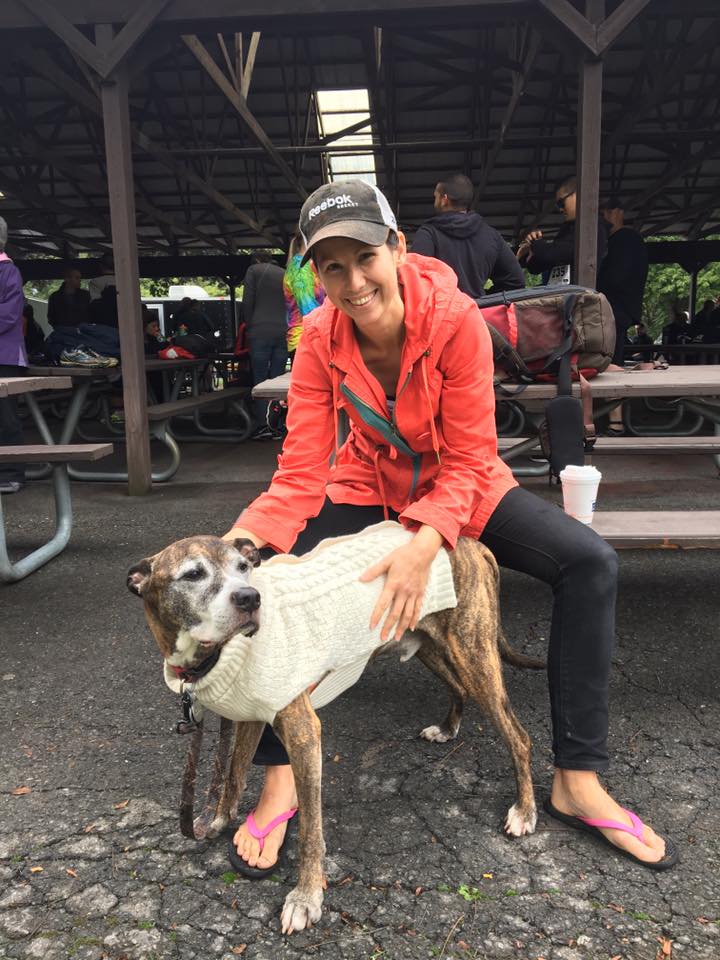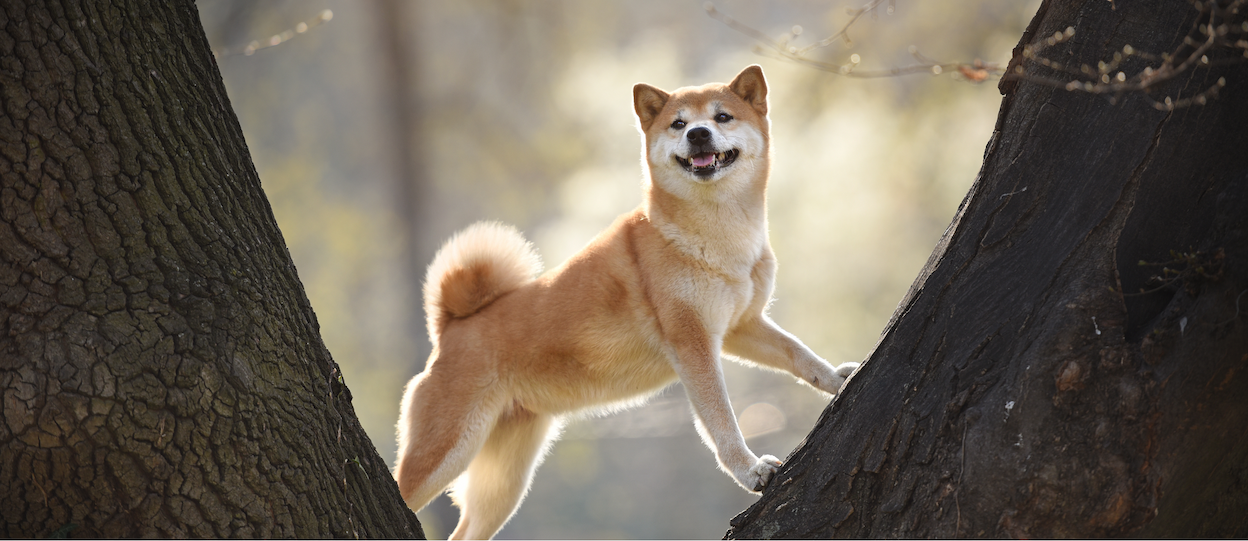
Welcome to the blog! This week, we’re discussing the answer to one of our most common questions, “Am I always going to have to use food rewards to get my dog to listen to me?”
Disclaimer: Much of this week’s newsletter comprises my personal views on this topic. Every dog is an individual whose needs will vary based on their unique situation. If you see something that contradicts what your trainer has told you, consider it an opportunity to start a conversation on the subject, but please don’t immediately assume the advice they’ve given you is inappropriate or ill-suited to you and your pup!
Happy Reading,

Will I Always Have to Use Food To Get My Dog to Listen?
This is, perhaps, one of the most common questions we—and other positive reinforcement-based dog trainers—receive from clients. The most common answer given by dog training professionals goes something like this:
“To maintain a behavior, some level of ongoing reinforcement is required. But, it doesn’t always have to be food. Over time, you can gradually reduce the rate of reinforcement so that you are rewarding your dog with a treat 1 out of every 2 times, then 1 out of every 3, etc., until you’re just using food very occasionally.
As you reduce the number of food rewards, you’ll look to substitute them with praise and “life rewards” (things like, for example, asking your dog to sit at the door, then rewarding them by saying “okay” and allowing them to run out into the backyard to play).”
That response isn’t untrue, per se, but it is incomplete. And, importantly, it doesn’t address the unspoken concern that often lies at the root of the question.
Before we walk through different factors to consider when choosing to eliminate food rewards for trained behaviors, let’s take a closer look at why so many of us feel compelled to ask the question, “Will I need to use food forever?”
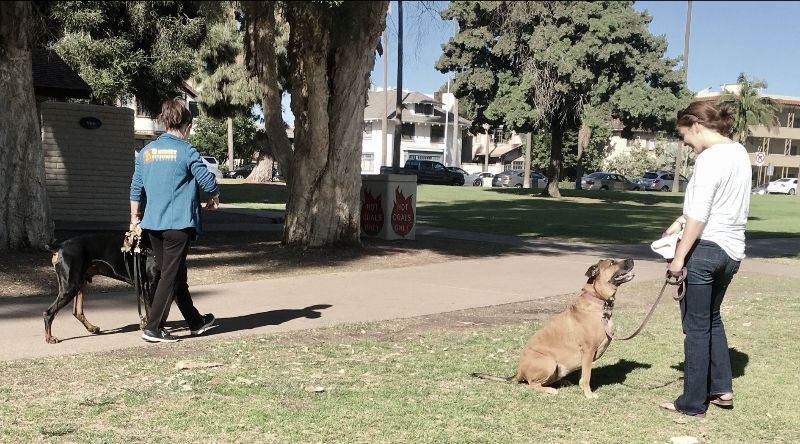
Food Rewards & Relationship Dynamics
While one could argue that there are some minor convenience-related concerns associated with alwaysneeding to have food with you to ensure your dog’s continued responsiveness, those usually aren’t the driving force behind the question.
Most often—at least in my experience—when someone asks if they will need to use food forever to get their dog to listen, what they’re really sharing is a belief that goes something like this:
“I feel like I shouldn’t have to use food forever. Once my dog knows a skill, they should just listen. Praise should be enough.”
In the vast majority of cases, this belief isn’t based in some power-hungry desire for total subservience from dogs. Rather, it’s rooted in a heartfelt concern that they are going to end up in a relationship with their dog that feels primarily transactional in nature.
And that is SUCH an understandable concern. It’s unpleasant and even hurtful to spend time with someone who you care about—and who purports to care about you—who generally seems to approach interactions with a “what’s in this for me?” attitude.
What most of us want with our dogs is a cooperative relationship built on trust, mutual respect, and genuine affection & appreciation for one another. And that can sometimes feel incompatible with needing to perpetually reward every single request, no matter how small, with a piece of food, in order for your dog to listen reliably.
If this sounds at all relatable to you, I hope the next section of this newsletter is helpful in allowing you to assess when phasing out the use of food rewards is realistic & reasonable—and when keeping food in play can actually be really helpful in fostering the type of relationship you want to have with your dog.

Factors to Consider Before Ditching the Treats
Here are some questions to ask yourself when deciding whether it’s reasonable and/or advisable to fade out food rewards (or toys, for pups highly motivated by toy play) for cued/trained behaviors.
Keep in mind: answering any one question a certain way won’t definitively determine whether you should or shouldn’t keep using food in a given situation or for a given behavior. Rather, your answers taken all together will (hopefully) begin to uncover a clearer picture of the best next step for you and your dog.

The more your dog finds a behavior intrinsically reinforcing, the more likely it is that you’ll be able to stop offering some type of external reward on a regular basis. Here are a few common examples of naturally reinforcing behaviors for (some) dogs:
- Retrieving. For some dogs—especially individuals of certain breeds—being asked to fetch someone’s slippers or keys is a highly reinforcing behavior in most contexts. After they learn the skill, many of these dogs will happily continue to do it without needing a food reward.
- Barking. Many dogs who are taught to bark on cue as a trick (not necessarily advised by us, but hey, it’s your call!) will happily continue to do it when asked without being offered a food reward, because to most dogs, barking with impunity is a whole lot of fun.
- Sniffing. Most dogs find sniffing naturally reinforcing in a pretty wide range of contexts. Dogs who start off learning “go sniff” with a treat scatter around certain types of distractions can often transition successfully to just sniffing around in the grass/dirt on cue, in the absence of treats.

If the behavior you are cuing helps your dog obtain something desirable or avoid something unpleasant in the environment, it is more likely that the behavior can be sustained by those natural consequences in the absence of food rewards.
Here are a couple of examples to help you identify potentially similar situations with your dog:
- Consider a dog who is very fearful of new people, who is taught to go to a pen when guests arrive at the home instead of doing their normal routine of barking while pacing frantically around the living room. Over time, some such dogs will find their new coping behavior—which allows them to effectively & efficiently avoid interactions with the scary guests—reinforcing enough that they eagerly do it on their own, with no food reward required.
- Notably, it is often still advantageous to offer high value food rewards, a stuffed kong, etc.—not for the purpose of maintaining responsiveness, but for potential counter-conditioning effects to help the dog gradually become more comfortable about having guests in the environment.
- Now, consider a dog who loves going on car rides, but who finds it difficult to get into the vehicle on their own. Let’s pretend that food rewards are used to teach the dog to use a ramp to get up into the vehicle. The dog is nervous of the ramp at first, but gains confidence as they learn the skill. In all likelihood, it will be pretty easy to fade out the treats, because going up the ramp helps the dog access something they really want (a car ride).

This, to me, is one of the most important factors to consider. While the relationship we build with our dogs is incredibly important, the power of that bond has limits when it comes to the ability and desire of our dogs to listen to our cues in everyday life.
The more relaxed and comfortable your dog is feeling, the more likely it is that you’ll be able to lean on social rewards and the relationship you’ve built with them to obtain desired responses to your cues.
As your dog’s stress levels increase, their cognitive resources turn to more primal & instinctive priorities, like maintaining their personal safety. In such cases, praise and other social feedback can provide a lot of comfort, but it is generally a pretty ineffective reward for cued behaviors.
Offering higher value food rewards in these instances not only increases your dog’s responsiveness to cues, it may help decrease your dog’s stress levels and enhance their view of you as a kind, helpful leader.

In terms of importance, this ranks a close second to assessing your dog’s emotional state. When deciding whether or not to use food rewards in a certain situation, consider what else is competing for your dog’s attention at the moment. What other powerful primary reinforcers are calling out to them, OR, what potential threats are they trying to monitor and mitigate?
The busier and more complex the external environment, the more it will benefit you to utilize food (or some similarly motivating reward) in conjunction with your social feedback.
Here are a couple of examples of situations where I still continue to frequently reward my dogs with treats, even though they know the behaviors in question really well and can perform them successfully in a wide variety of contexts:
- Rewarding Attention On Leash. When we’re in walking in a busy, urban environment, I always have treats ready, and I reward my dogs frequently for offering me their attention while on leash. This keeps their leash skills solid, but more importantly, it gives them a fun, simple, predictable activity to do in a very interesting, exciting, unpredictable, (and sometimes scary) environment.
- Rewarding Settling in Public. If I take one of my dogs along to dine at a restaurant patio, I make sure to always have treats on hand. I’ll reward them for staying put on their blanket while other dogs pass, while the server approaches the table, etc.
In situations like these, food rewards are a simple and effective way to maintain your dog’s level of responsiveness in a challenging environment. But more importantly for me, they also just feel like a nice way to communicate appreciation to my dogs for checking in and choosing to engage in behaviors they wouldn’t choose as a default, in the face of some very inviting distractions.

Continuing to reward with food is likely to keep your dog’s responses especially speedy, enthusiastic, and reliable. When deciding whether or not to reward certain behaviors with food/treats on an ongoing basis, it can be helpful to consider the potential consequences you or your dog will face if they don’t respond to the cue—now, or at any point in the future.
For “high stakes” behaviors, I prefer to continue to reward my dog with the high value reinforcers as often as I possibly can. The most common example of this is Coming when Called.
Generally, dog trainers (myself included) will recommend that you continue to reward Coming when Called with high value reinforcers as often as you possibly can (like, every single time, forever, if you can swing it). Because the consequences of not listening can be catastrophic, depending on the context.
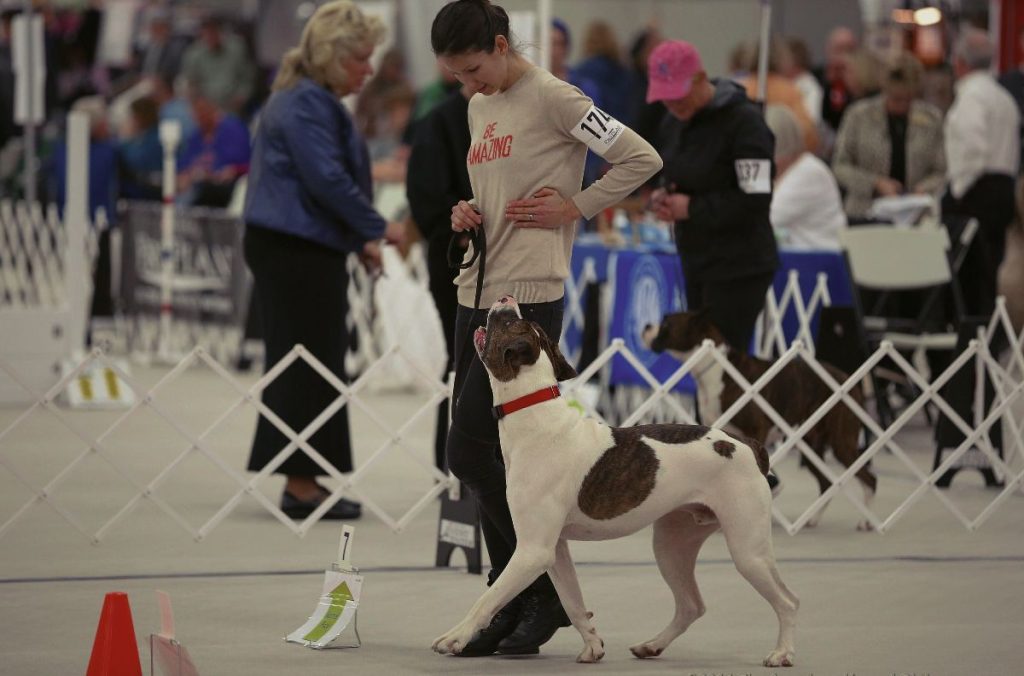
Phasing Out Food Rewards
Identifying a select number of fair, appropriate situations in which you remove or greatly reduce the use of food rewards with your dog (while continuing to use it in others) can provide a lot of peace of mind for you as an owner in knowing that you aren’t actually entirely dependent upon food to get your dog to listen.
If you are looking for situations where you can start transitioning away from food and other reinforcers that feel more “transactional” to you, here is my advice:
- First, make sure the trained behavior in question is one that your dog knows really well, and that they feel very comfortable performing
- Second, make sure your dog isn’t under emotional duress when being cued; if they’re feeling moderate or severe levels of stress when you are asking for certain behaviors, it’s best to keep the food in play
- Third, make sure the environment isn’t too highly distracting—this includes concerning/unpleasant distractions AND highly exciting/happy distractions
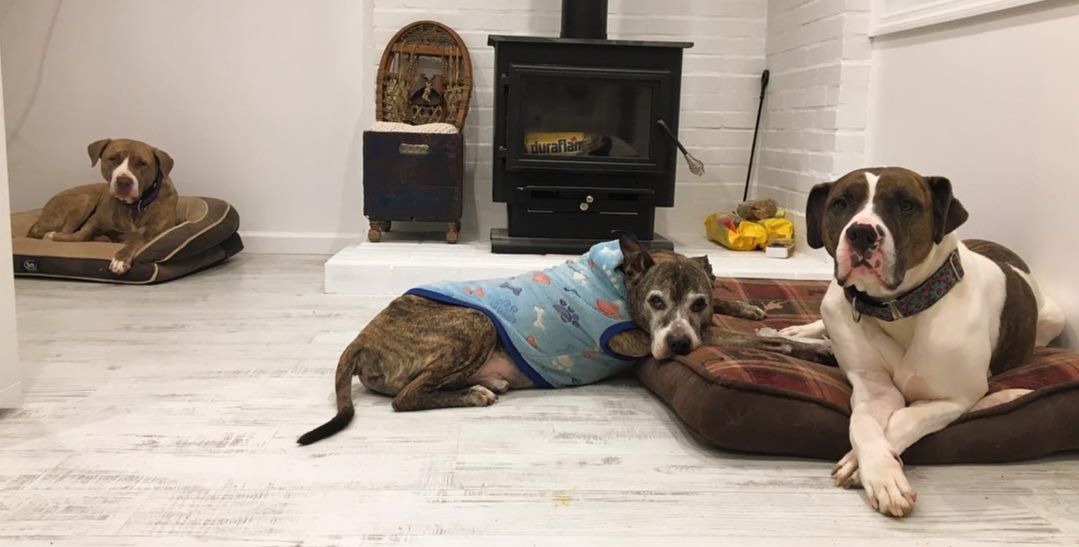
Once common example that often meets these criteria—and one that I implement personally with our own dogs—is asking them to Go to Bed & Stay if they need to be out from underfoot for periods of time at home (e.g., while eating dinner, putting away groceries, etc.).
Assuming you’ve met the three criteria above, it is often very fair to fade out food and lean more on social feedback—heartfelt acknowledgment/thanks, coupled with gentle boundary setting when needed—in this situation. Every so often, I may give our dogs a little piece of food as a way to say, “thanks buddy, I appreciate you doing this.” But it’s not expected or necessary for them to reliably perform the behavior. Instead, they receive heartfelt praise for going to bed & staying there, and they are gently led/directed back to the bed if they occasionally exit before being released.
Importantly, I continue to consider what’s happening in the moment and am prepared to adapt my reward strategy accordingly: Are there are unusual distractions present? Is one of our dogs feeling stressed or worried? If so, I’ll add food back into the mix to help them succeed and feel good about doing so.
A Thoughtful Approach to Food Use
Taking this approach to the use of food rewards—where you thoughtfully assess when & where to continue using food vs. when to try phasing it out, based on what’s best for your dog—fosters what is far from a transactional relationship. Rather, it allows you to position yourself as a truly safe, helpful, predictable and responsive leader who adapts to your dog’s needs in the moment, to help them succeed.
NEED TRAINING OR BEHAVIOR SUPPORT?
Check out the resources below!
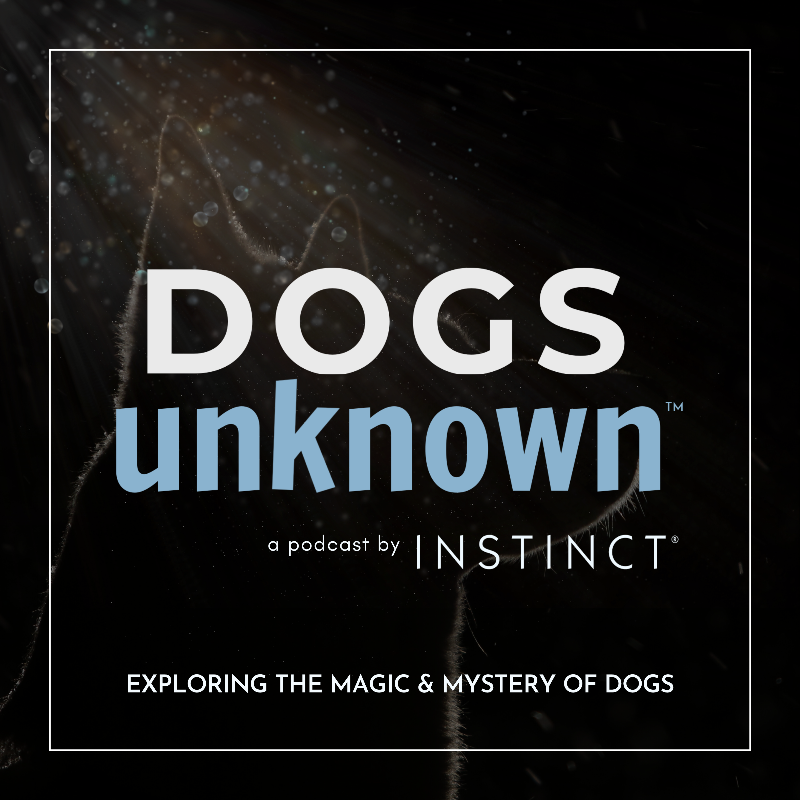
Check out Instinct’s award-winning podcast, Dogs Unknown (fka DogLab), hosted by Instinct Co-Founders Sarah Fraser (me!) and Brian Burton.
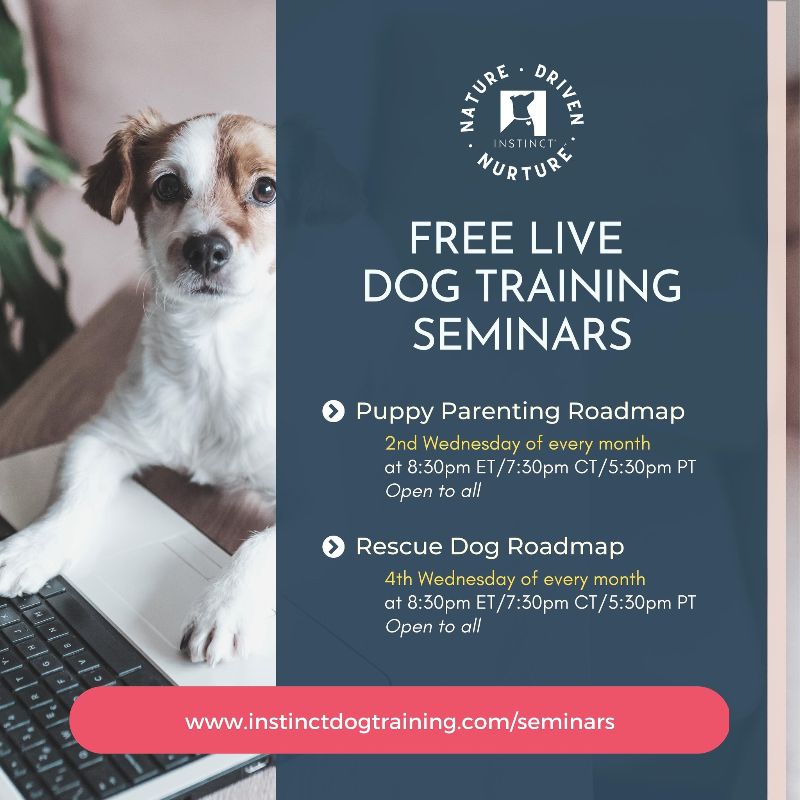
Join one of our free, live training & behavior seminars via Zoom!
Hosted by Instinct behavior consultants, these seminars include a 1 hr presentation plus live Q&A session. Open to all!
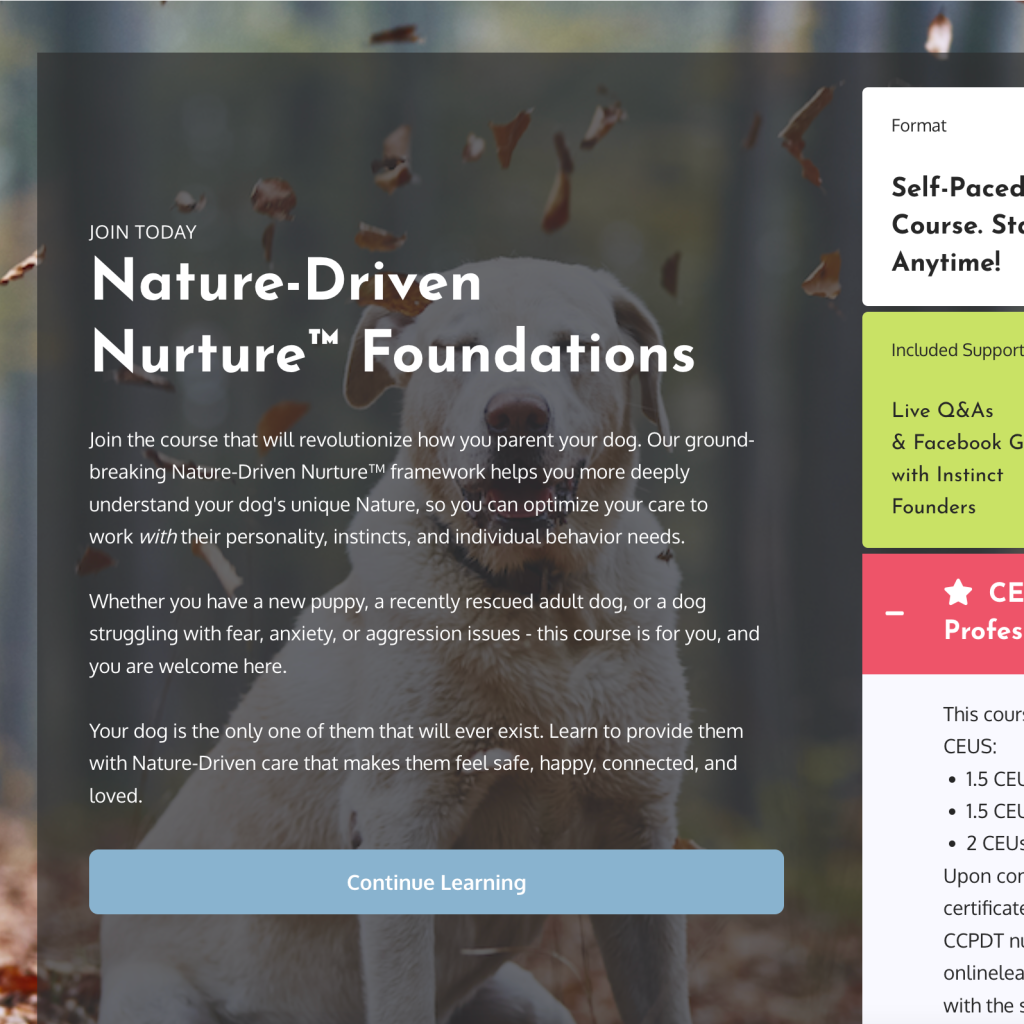
Sign up for the Nature-Driven Nurture Foundations course in our Online School. Learn our groundbreaking canine behavioral health framework that teaches you how to optimize your dog’s training & care based on their unique, individual Nature. This self-paced course includes:
- Access to private Alumni Facebook group
- Twice-monthly Zoom Q&As with Instinct co-founders
Or, contact your local Instinct for fully customized training & behavior support with certified, veterinarian-recommended trainers and behavior consultants.
